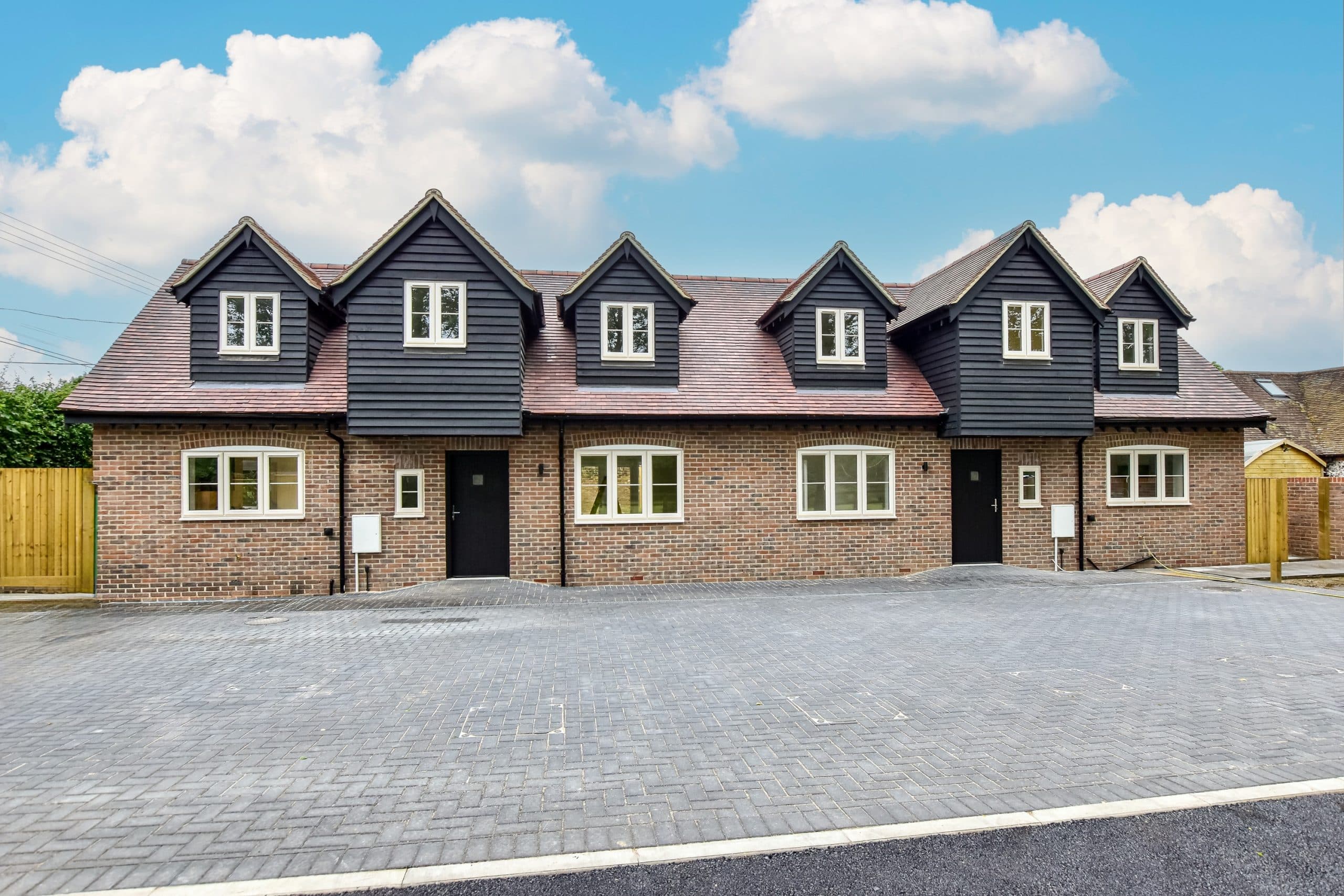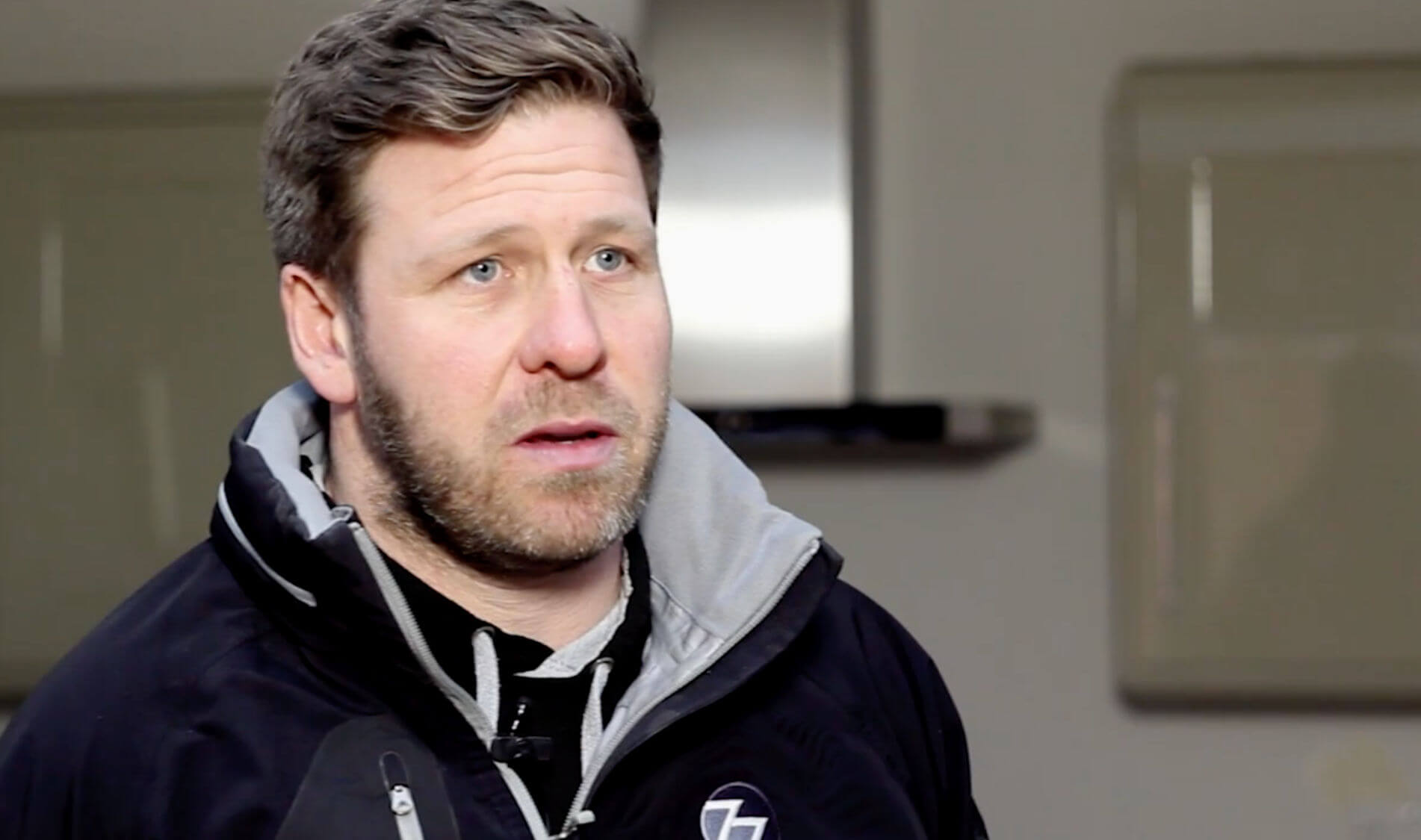Commercial property financing in some ways is no different to residential property finance. However, in some other ways, it is quite different. For example, the umbrella term ‘commercial property’ encompasses many different property types, business models and locations. You could be looking to develop high-street retail premises, an industrial warehouse, office space or any form of private commercial space. These different properties will have vastly different requirements, earning potentials, and long-term uses, all of which can affect the potential returns and your exit strategy.
In this guide, we’re going to explore how commercial development finance differs from other forms of financing, and how development finance works.
How Does Commercial Development Finance Work
Commercial development finance essentially provides a loan to a property developer, to develop commercial premises, with the repayments based on the future value or revenue of the building. Usually, this is done in one of three ways:
Building to Sell
This is fairly simple, the developer has identified a viable location to build a commercial premises and needs the money to complete the project. Upon completion, they intend to sell the property, and the funds from this are used to repay the loan. These are often the shortest-term commercial development loans on the market, typically lasting for 12-24 months.
Building to Rent
In this scenario, the developer intends to hold onto the property to rent it out to prospective businesses and the value of the finished development will be based on its sale value, as well as the income potential. In this case, it can be very beneficial for the developer to already have a tenant lined up in order to get the loan approved.
There are several repayment options with this approach. Sometimes the lender will provide a short-term loan as if the building were to be sold, and then the owner will arrange longer-term financing, such as a commercial mortgage from a different lender upon completion, the cash from which will pay off the development loan. Some other lenders will provide long-term financing from the outset which is used to complete the project and then paid back accordingly.
Building to Move In
The final common scenario is for a company to apply for a commercial property development loan to build premises that they intend to operate from upon completion. The loan itself is no different from the other forms of repayment, but lenders will likely need to be confident that the business is able to secure a commercial mortgage.
What does commercial property development finance consist of?
Generally, commercial loans for property development are used to cover the purchase of the land, the construction itself including materials and labour, and any planning, legal or administrative costs that may arise. It’s common for commercial property loans to release the funds in stages and only when the previous one is complete.
For example, if your agreement also contains the funds to purchase the land, these will be released to do so first. Then, the various stages of construction can begin, with the lender’s team ensuring that the project is proceeding on track and to budget. Typically, the borrower will only be charged interest on funds released, helping to manage cash flow and keep overall costs down.
How much can a developer borrow with a commercial development loan?
There is no limit on how much a developer can borrow, but the lender will do a series of checks and valuations to determine how much funding they will make available. Generally, they will need to understand the current value of the site (either with or without planning permission), the total estimated costs of the build (including legal and professional fees), and the projected value of the finished development, often known as the Gross Development Value (GDV).
They will also need to see a detailed project plan that includes timescales, and an exit strategy. Essentially, how you’re planning on repaying the loan. After the lender has this, they provide a list of terms to be agreed to before proceeding to a full application.
What’s the Process for a Business Loan for Property Development?
The process of applying for commercial property development finance is relatively straightforward, albeit with some potentially complex areas. This is due to the short-term nature of the loans and the need for quick access to the money. However, we’re always on hand to guide you through the process.
- First, you need to fill out our application form with the basic information such as the project outline with timelines, estimated costs and GDV, in order for us to give you an ‘Offer in Principle’.
- Once you’ve agreed to our T&Cs, we’ll instruct our surveyor to conduct a desktop study and then a site visit to understand the feasibility and viability of your development.
- If all goes well with the surveyor’s report, our legal team will take over and go through searches to determine whether the title is clean and marketable, and confirm that our 1st charge is secure.
- This will result in the ‘Facility Document’ which contains the final terms and conditions to be signed by you, the borrower. After which, our solicitor will transfer the financing to your legal team who will then release it to you. From this point, the loan is now ‘live’ and any subsequent drawdowns will be transferred directly to you.
At Hunter Finance, we have a proven track record of providing commercial property development loans for many satisfied clients across the South East including London, Sussex, Surrey, Kent, Berkshire, Hampshire and Hertfordshire. To discuss your development finance options for your upcoming project, don’t hesitate to contact us!






